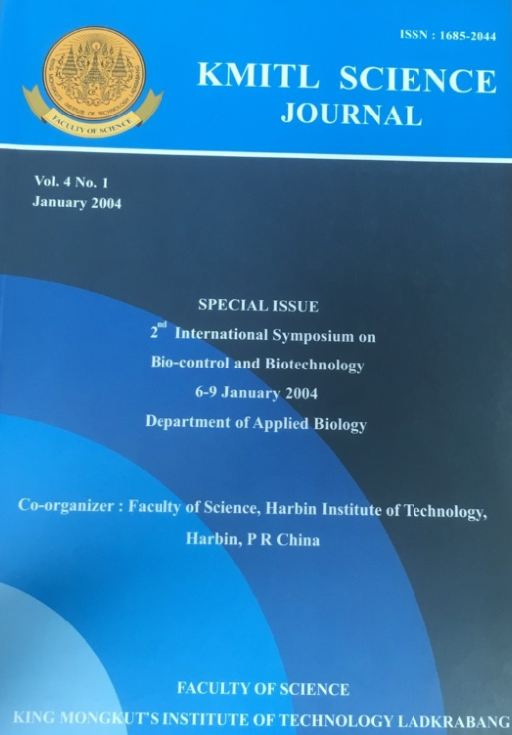The effect of chilling on microspore-derived embryos regeneration was studied in Brassica napus L. For this aim, F1 seeds of PF7045/91×Quantum cross was planted in growth chamber under conditions of 19°C and 16/8-h photoperiod (200 µmol m-2 s-1). Small buds with 3-3.5 mm length, containing microspores at very late uninucleate stage were collected from racemes and cultured in modified NLN-13 medium in the dark at 32.5°C for 3 days. Cultures were then transferred to dark condition at 25°C and shaken at 70 rpm. Cell divisions were observed using an invert microscope 3 days after culture. After 14 and 20 days, tiny globular and heart-shaped embryos were visible with naked eyes, respectively. Finally after 28 days, cotyledonary embryos with big cotyledons were produced. Mature embryos were cultured on B5 medium supplemented with 0.1 g/lit GA3 and pretreated at 4°C for 3, 6, 9 and 12 days in the dark. The embryos regenerated at 25°C were as control. Then, pretreated cultures were transferred to the light (16-h light/ 8-h dark) at 25°C conditions. The experiment was carried out in a complete random design with 4 replication. There was no significant difference between the means of regeneration frequencies at 4°C for 3, 6, 9 days and the control. Chilling for 12 days showed significant difference at 1% probability level compared to the control as the frequency of regeneration decreased.
Keywords: microspore, embryogenesis, chilling, regeneration, Brassica napus
Corresponding author: E-mail:bs_hosseinpour@yahoo.com
Hosseinpour*, B. ., Shakib, M. ., Agayev, Y. A. M. ., & Nematzadeh, G. A. . (2018). The Effect of Chilling on Regenera of Microspore Derived Embryos of Brassica napus L.. CURRENT APPLIED SCIENCE AND TECHNOLOGY, 295-297.

https://cast.kmitl.ac.th/articles/151945